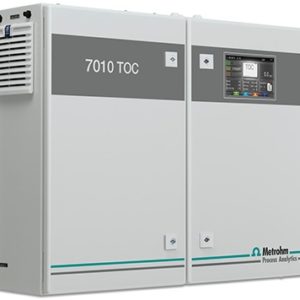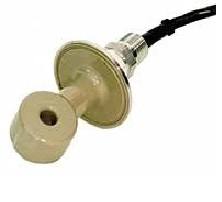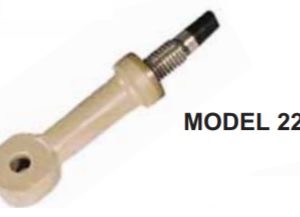Description
The Model 226 and 228 toroidal (inductive) conductivity sensors consist of a pair of wire-wound metal toroids overmolded with either corrosion resistant PEEK or Tefzel®1. When the sensor is immersed in a conductive liquid and an AC voltage is applied to the drive coil, a voltage is induced in the liquid surrounding the coil. The voltage causes an ionic current to flow proportional to the conductance of the liquid. The ionic current induces a current in the receive coil, which the analyzer measures. The
induced current is directly proportional to the conductivity of the solution.
Toroidal sensors work well in highly conductive liquids, up to about
2 S/cm (2,000,000 uS/cm). Performance in low conductivity samples
is somewhat limited, with the minimum conductivity depending on the
dimensions of the toroids, the number of windings in each, and the
analyzer. When used with the Model 1056 and 56 analyzer the limits
are 15 uS/cm for the 228 sensor and 5 uS/cm for the 226 sensor. When
used with other instruments, the limits are 200 uS/cm for the 228 sensor, and 50 uS/cm for the 226 sensor.
The measurement is insensitive to flow rate and direction. The sensor must be installed so that it is completely flooded, and the toroid hole must remain open.
The Model 226 and 228 sensors have integral RTDs to allow temperaturecompensated
conductivity measurements.
A insertion/retraction assembly is available for the Model 228






